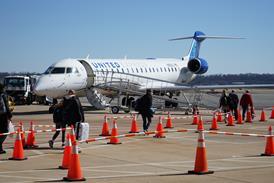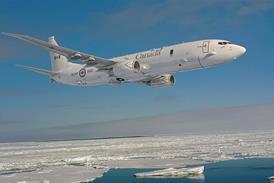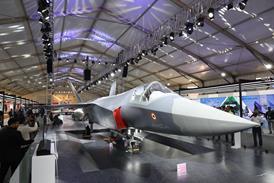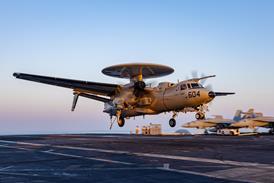Boeing has unveiled a new strategy to strengthen and centralise management for the delayed 787 programme's formerly splintered global supply chain as flight test and production deadlines loom ever closer.
The changes mean Boeing's managers in Everett will know and have a plan to address every missing part before it arrives at the final assembly line, perhaps overcoming the travelled work issues that forced Boeing to call a six-month delay for first delivery to launch customer All Nippon Airways.
"We are certainly not risk-free but we are well informed as to where those risks are and we are knocking them down," says Scott Carson, president and chief executive of Boeing Commercial Airplanes.
Boeing faces intense schedule pressure to meet its commitments. The company delayed by six months the start of flight tests and entry into service, but left its production plan mostly intact.
The revised schedule means Boeing's supply chain must transition from completing assembly of the last flight-test aircraft in June to ramping up to a production rate of six aircraft a month perhaps six months later.

The schedule pressure is revealed in the few details released by Boeing so far. Aircraft number one, a flight test aircraft that entered the final assembly line in May, should achieve the systems power-on milestone by late January and be fully assembled by late February.
Boeing then must complete assembly of the static and fatigue airframes, plus the remaining five flight-test aircraft, within four months. The first production airframe - line number seven - is due to start final assembly in late March or early April.
During the next 20 months, the company must complete flight-testing, incorporate any design changes on the production aircraft, and assemble and deliver 102 more aircraft.
"With the rate of improvement we are making, we should be able to meet our commitments," says Pat Shanahan, Boeing's vice-president and general manager for the 787 programme.
Carson says the revised plan is "aggressive but within more normal margins".
Shanahan, who replaced ousted 787 leader Mike Bair in mid-October, has brought a more direct management style to the programme. Shanahan holds review meetings with managers within a few feet of the first aircraft on the factory floor, and directly scrutinises suppliers' day-to-day performance.
Boeing's own processes also have been scrubbed. Shanahan says he has streamlined the design change review process, consolidating 37 authorised change boards into one.
In a related development, Shanahan confirms that Boeing and the US Federal Aviation Administration have reached agreement on certification requirements for the predominantly composite fuselage of the new widebody twinjet.
Flight's commercial aircraft directory
Flight's 787 special: Everything you need to know about the Boeing 787
Source: Flight International























